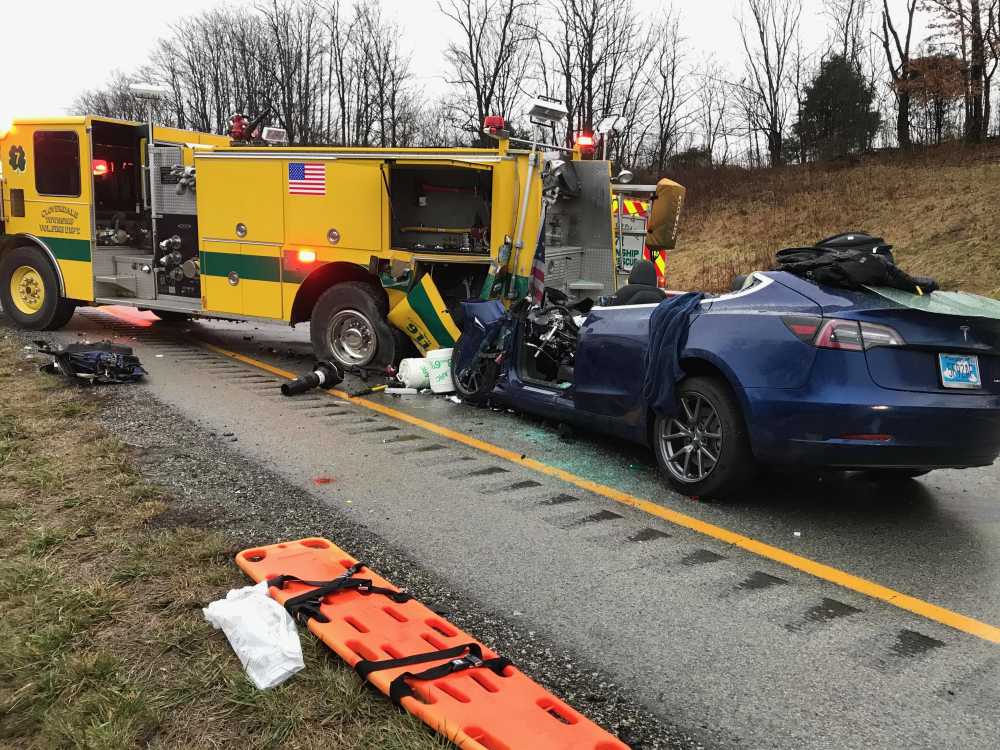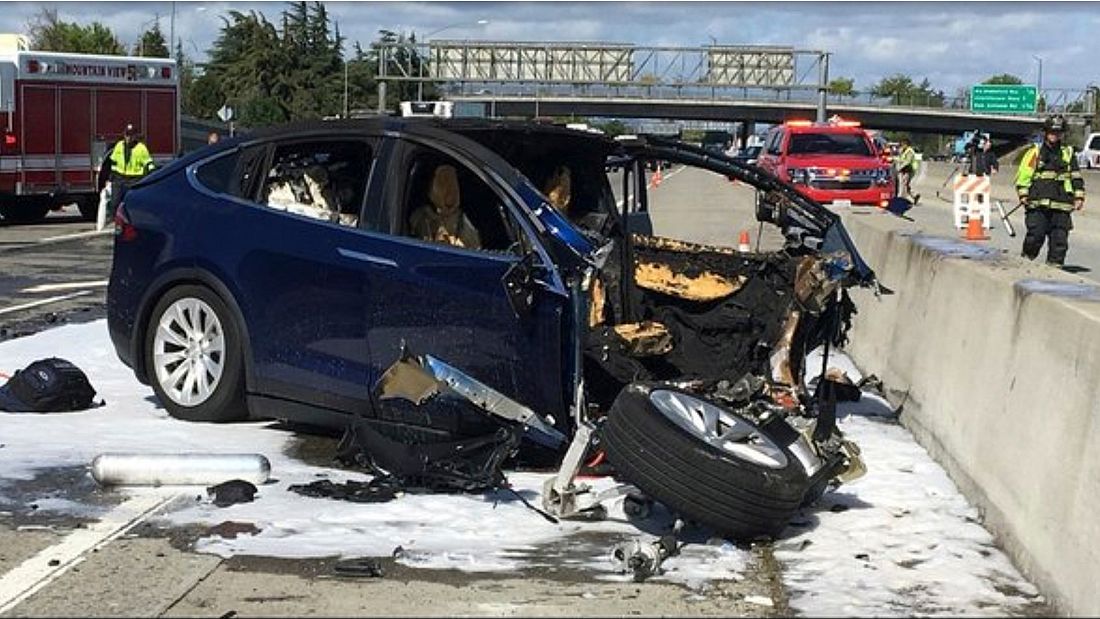For context, and as we’ve previously discussed, City Streets continues to firmly root the vehicle in SAE Level 2 capability and does not make it autonomous under the DMV’s definition. City Streets’ capabilities with respect to the object and event detection and response (OEDR) sub-task are limited, as there are circumstances and events to which the system is not capable of recognizing or responding. These include static objects and road debris, emergency vehicles, construction zones, large uncontrolled intersections with multiple incoming ways, occlusions, adverse weather, complicated or adversarial vehicles in the driving path, unmapped roads. As a result, the driver maintains responsibility for this part of the dynamic driving task(DDT). In addition, the driver must supervise the system, monitoring both the driving environment and the functioning of City Streets, and he is responsible for responding to inappropriate actions taken by the system. The feature is not designed such that a driver can rely on an alert to draw his attention to a situation requiring response. There are scenarios or situations where an intervention from the driver is required but the system will not alert the driver. In the case of City Streets (and all other existing FSD features), because the vehicle is not capable of performing the entire DDT, a human driver must participate, as evidenced in part through torque-based steering wheel monitoring, or else the system will deactivate.






